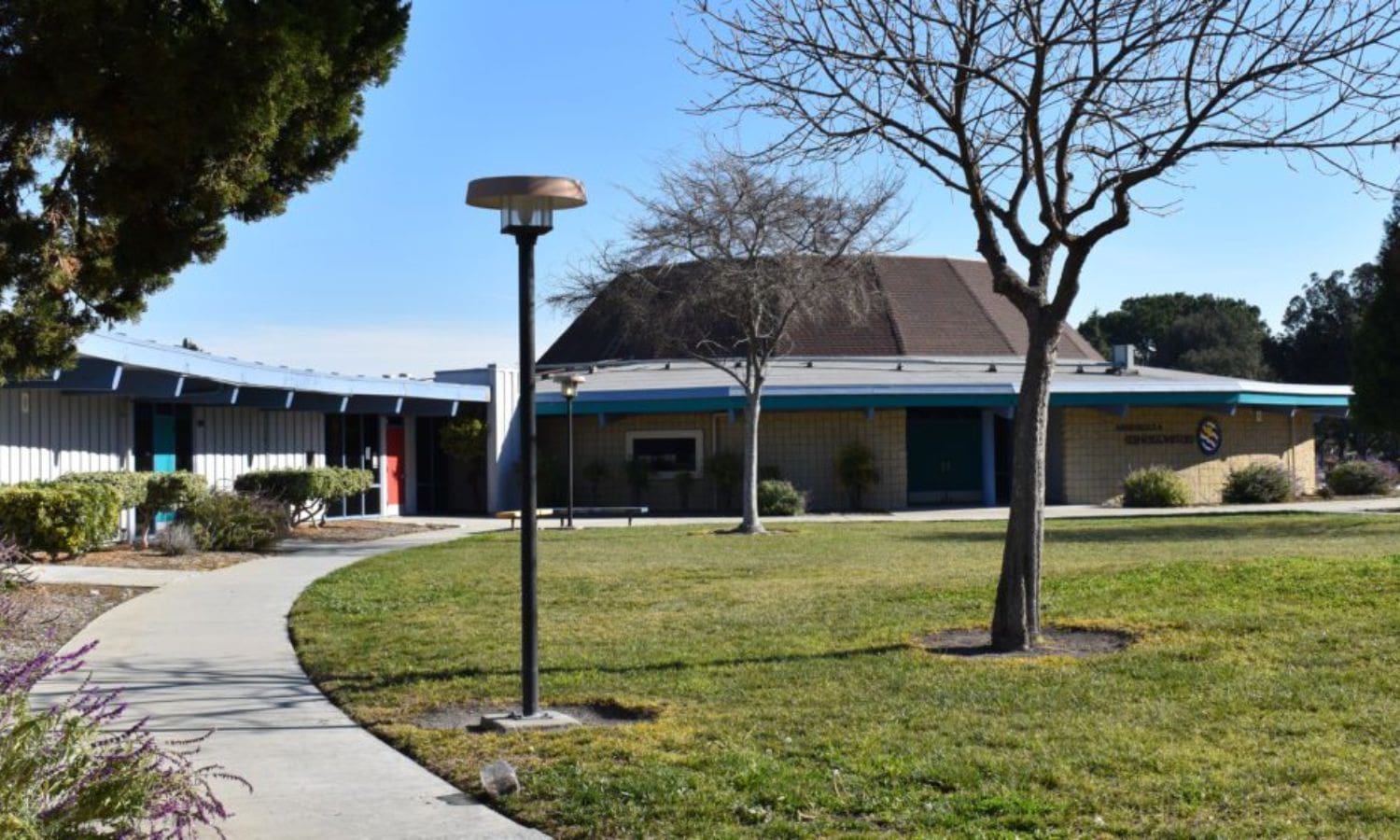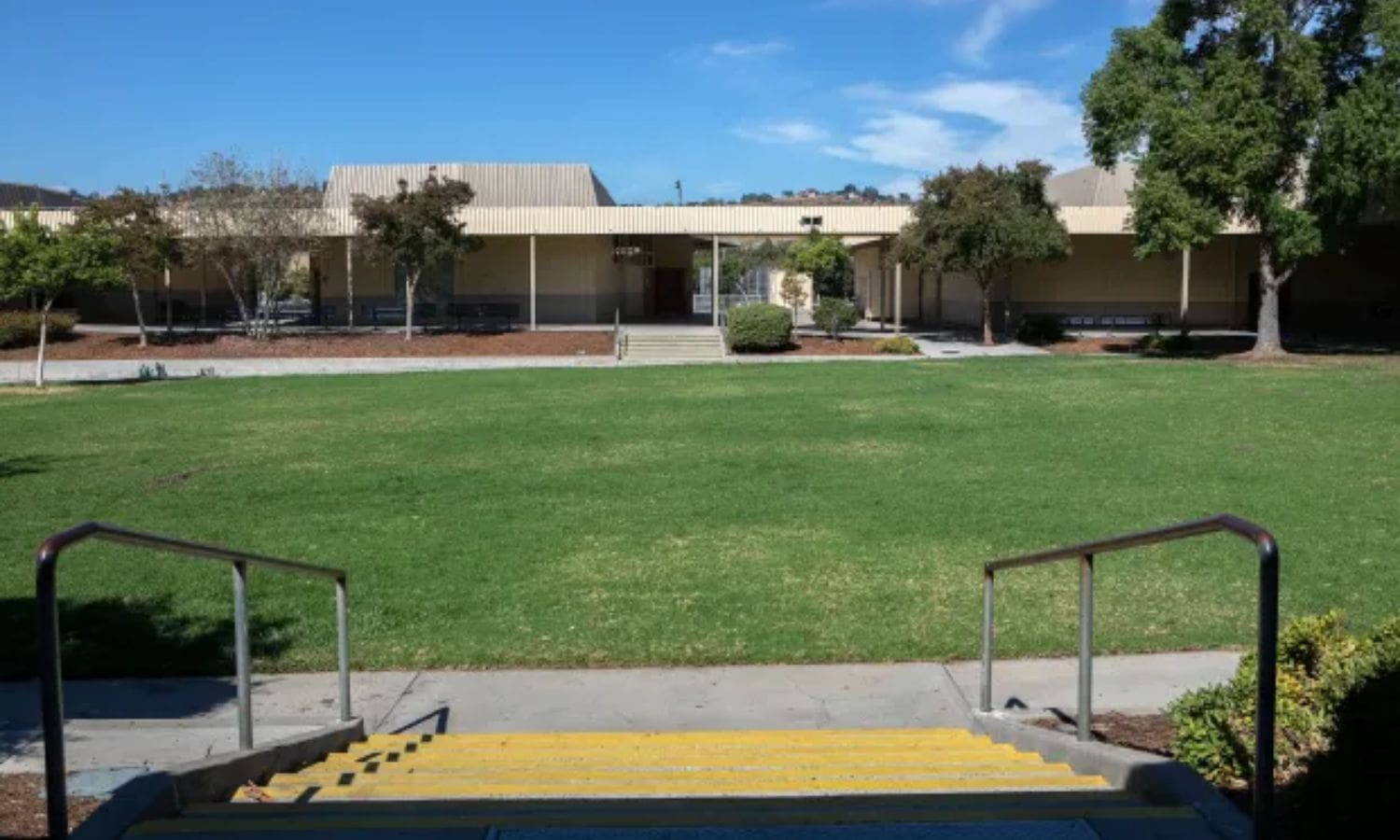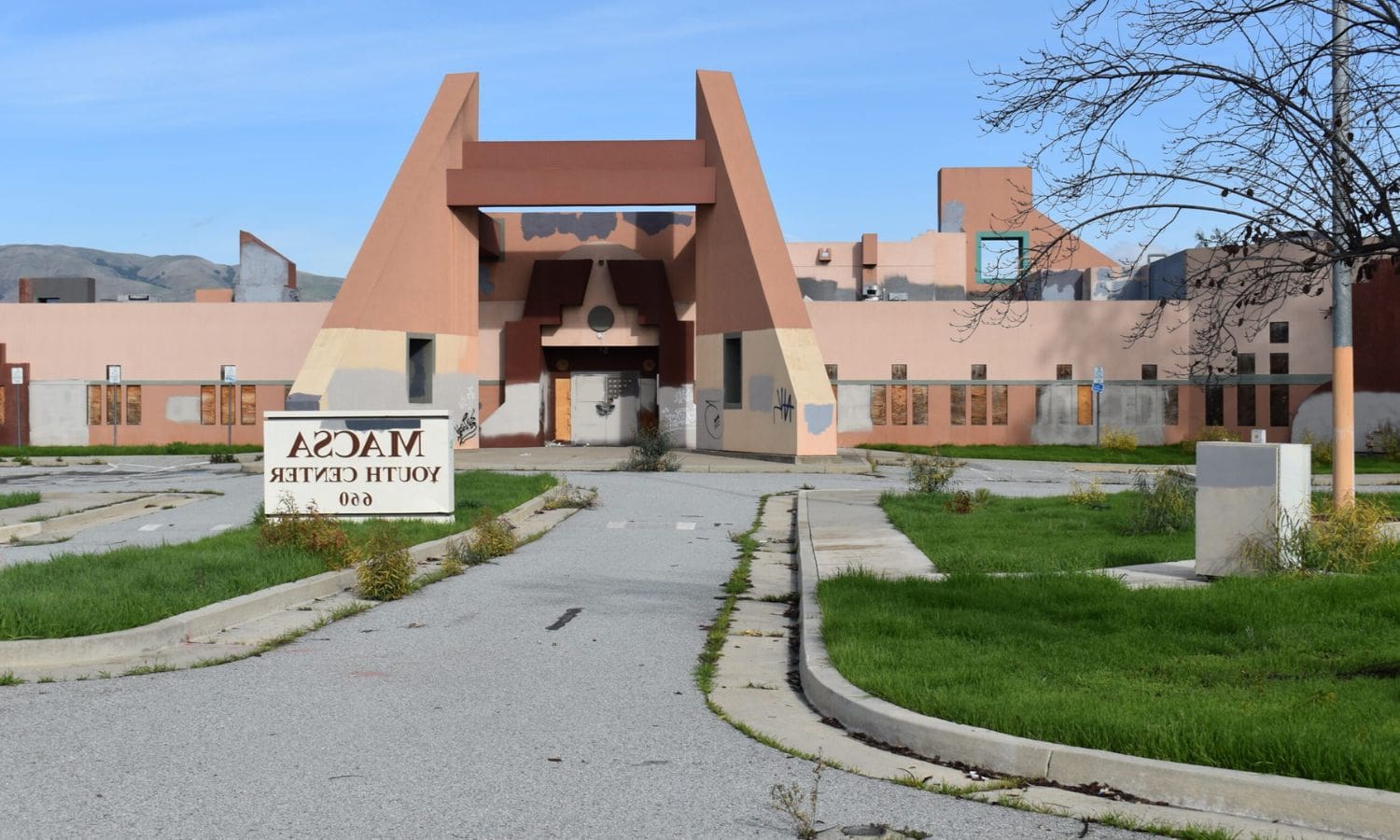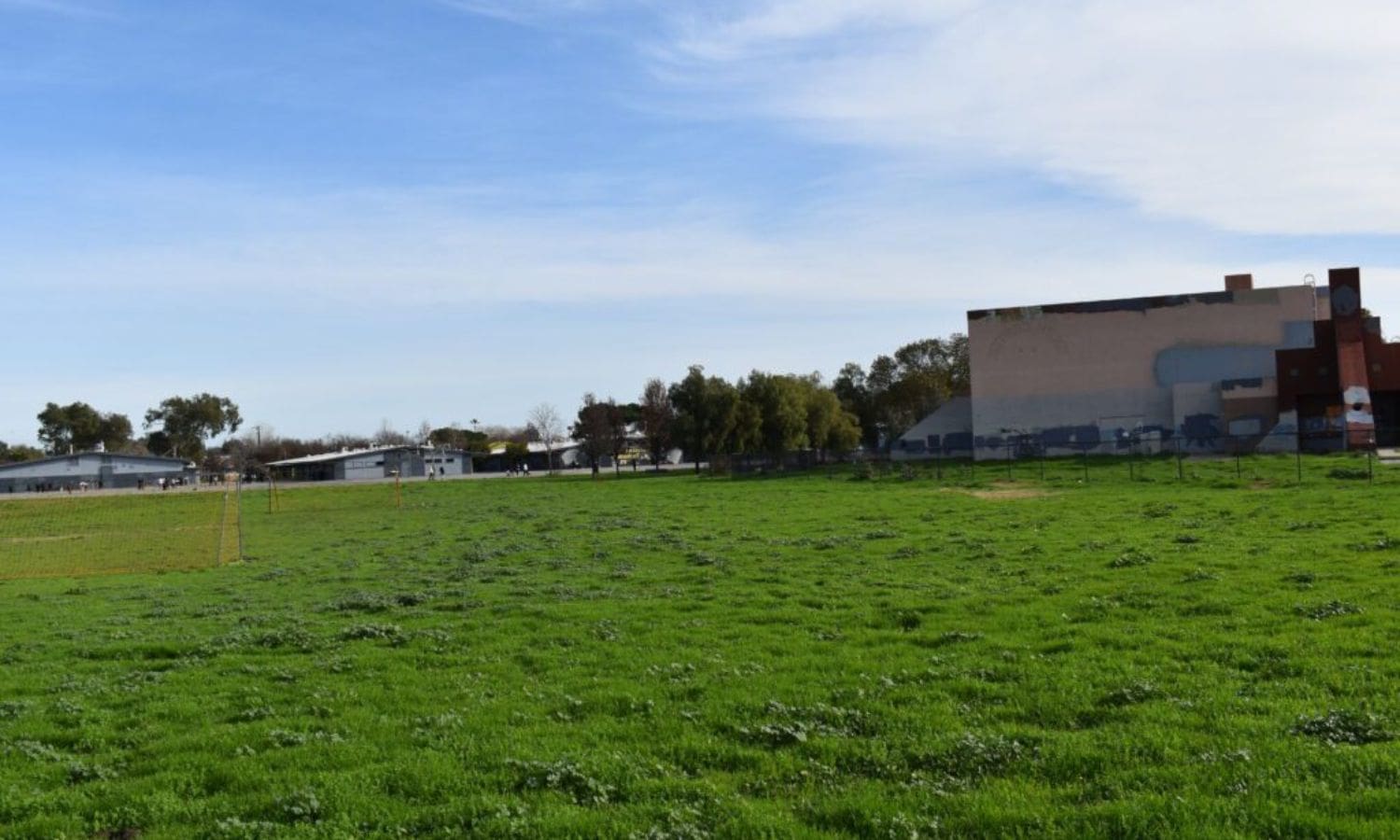Demolition of Former Youth Center: The demolition of a former youth center in San Jose has been set in motion by a teacher housing project, igniting a heated debate within the community.
This article explores the implications of the Workforce Housing Initiative on the MACSA building, the opposition and advocacy efforts it has sparked, and the ongoing challenges faced by the District’s Housing Task Force.
With a focus on objectivity and informative discourse, this piece aims to shed light on the complex dynamics surrounding this contentious issue.
Key Takeaways Of Demolition of Former Youth Center
– The demolition of the MACSA building in San Jose was prompted by the need to make way for the construction of affordable housing for teachers and staff in the Alum Rock Union School District.
– The district’s Workforce Housing Initiative, with a budget of $60 million, aims to build 78 homes specifically for educators and support staff.
– Community opposition and advocacy, led by former Assemblymember and Councilmember Manny Diaz, highlight concerns about the erasure of cultural heritage and call for community input before the demolition.
– The district’s Housing Task Force, established in December 2021, played a crucial role in identifying and selecting the site for the housing project, considering community needs, and facilitating stakeholder engagement.


Also Read: Mexican Sewage Plant That Offers Southern California Hope
Workforce Housing Initiative
How does the Workforce Housing Initiative aim to address the housing needs of teachers and staff in San Jose?
The Workforce Housing Initiative is a key component of the Alum Rock Union School District’s plan to provide affordable housing for teachers and staff in San Jose. With a budget of $60 million, the initiative aims to build 78 homes specifically for educators and support staff in East San Jose. This project has been made possible through a change in bond language approved by voters in November 2022.
MACSA Building and Demolition
The deteriorated state of the vacant Mexican American Community Services Agency (MACSA) building has prompted the decision to demolish it as part of the San Jose Teacher Housing Project.
The MACSA building, once a vibrant youth center, has fallen into disrepair over the years, becoming a financial burden on the district. The decision to demolish the building was not taken lightly, but it was deemed necessary due to its current condition.
The demolition will clear the way for the construction of much-needed teacher housing in San Jose. The MACSA building, with its history and significance, will be replaced by a housing project that aims to address the housing crisis faced by teachers in the area.
This decision reflects the district’s commitment to providing affordable and sustainable housing options for educators.


Community Opposition and Advocacy
Amid the San Jose Teacher Housing Project, community opposition and advocacy have emerged as significant factors. Former Assemblymember and Councilmember Manny Diaz, a vocal advocate, has highlighted the historical significance of the MACSA building and called for community input before its demolition.
This opposition reflects concerns about the erasure of cultural heritage and the lack of transparency in decision-making processes. Advocates argue that demolishing the former youth center without community consultation disregards the importance of preserving local history.
They believe that involving the community in the decision-making process would lead to a more inclusive and transparent approach. The opposition and advocacy efforts aim to ensure that the community’s voice is heard and that their concerns about the demolition are taken into account.
Ultimately, these factors will play a crucial role in shaping the outcome of the San Jose Teacher Housing Project.
District’s Housing Task Force
The District’s Housing Task Force has been instrumental in identifying and selecting the 23-acre site adjacent to MACSA for the San Jose Teacher Housing Project. This task force, established by the district in December 2021, was formed with the goal of addressing the housing needs of district employees. Comprising a diverse group of professionals, including district administrators, teachers, and community members, the task force carefully evaluated various development sites before settling on the chosen location. Their thorough analysis considered factors such as proximity to schools, accessibility to amenities, and feasibility of construction. To emphasize the significance of their role, here is a table highlighting some key contributions of the District’s Housing Task Force.
The District’s Housing Task Force’s dedication and expertise have been crucial in advancing the San Jose Teacher Housing Project, demonstrating the district’s commitment to addressing the housing challenges faced by its employees.
Ongoing Challenges and Dissent
Ongoing challenges and dissent surround the San Jose Teacher Housing Project, particularly regarding community engagement and exploring alternative options.
Vice President Andres Quintero has been a vocal advocate for greater community involvement in the decision-making process, emphasizing the importance of listening to the concerns and suggestions of local residents. Quintero believes that the demolition of the former youth center could have been avoided if alternative options were thoroughly explored. He argues that the project should have considered repurposing existing buildings or finding vacant lots instead of demolishing a community space.
The ongoing challenges lie in finding a balance between preserving the community’s interests and addressing the urgent need for affordable housing for educators and staff. This requires careful consideration and dialogue to ensure that the project meets the needs of both the community and the school district.


Conclusion Of Demolition of Former Youth Center
The demolition of the former youth center in San Jose was triggered by the teacher housing project, which is part of the Workforce Housing Initiative. Despite community opposition and advocacy, the district’s Housing Task Force has faced ongoing challenges and dissent.
This development highlights the complex nature of balancing community needs and addressing the housing crisis in the area.

